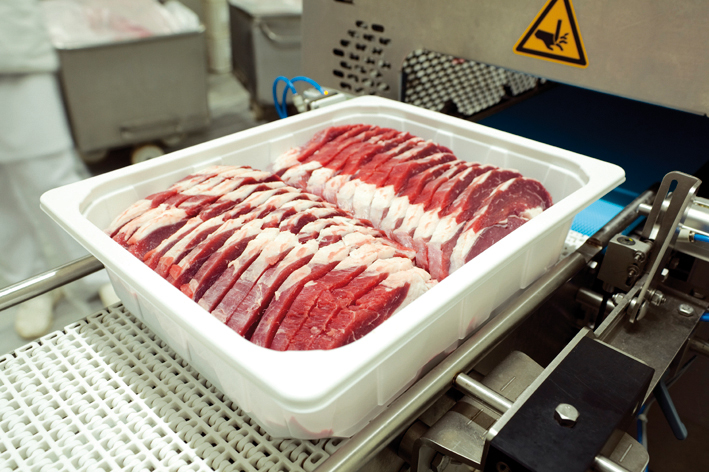Table of Contents
Importance of the right packaging method
If you run a food, oil, meat or any other business that requires freshness and the right atmosphere to maintain their quality and shelf life then none other packaging methods can help you other than modified atmosphere packaging. This packaging method is the best way to enhance the shelf life of meat if kept under refrigerating mode.
What is the modified atmosphere packaging?
Modified atmosphere packaging is the process of changing the actual internal atmosphere of the packaging. This packaging method is most commonly used in the food industry because it has characteristics that enhance the shelf life of the food and keeps it safe and fresh for a very long time by reducing the oxidation in the packaging.
Types of Modified atmosphere packaging
There is mainly two types of modified atmosphere packaging mentioned below:
Active packaging: active packaging is defined as the process by which the surrounding atmosphere of an already packaged product is controlled that helps the food to stay fresh, and it also maintains its quality.
Passive packaging: passive packaging is defined as the process in which the oxygen is reduced, and the carbon dioxide is produced inside the package — for example, packaging of meat, fish, and sausages.
Best modified atmosphere packaging for fresh meat
The most commonly used modified atmosphere packaging to pack raw meat is passive packaging. Most of the well-established meat sellers use passive modified atmosphere packaging to wrap the meat so that they can secure the meat from being spoiled. The passive packaging reduces the oxygen from the package and produces carbon dioxide that helps the meat to increase its shelf life. The passive packaging method is helpful for the sellers and the buyers both as if the shelf life of meat is increased so the meat won’t get wasted and can be sold within 6 months and similarly the buyers of the meat can secure the bulk of meat in the refrigerator and can use it whenever they want.
How passive packaging works?
CO2 is the most significant among the shielding gases. At fixations over 20 %, CO2 can impressively decrease microbial development. On account of red meat, there is likewise the danger of oxidation of the red shading colors. The meat will lose its red shading, getting to be dark and unappetizing in appearance. This oxidation is particularly unmistakable with beef. High oxygen content in defensive gas bundling can avert oxidation. Low carbon monoxide content can likewise hold the red shade of meat. Notwithstanding, the utilization of this gas isn’t permitted in the EU, for instance. Poultry is particularly touchy to fast decay and is in this manner subject to higher necessities for changeless cooling. Here as well, an altered air with CO2 substance will broaden the period of usability. A high oxygen substance is additionally utilized for poultry without skin to hold the shade of the meat. The CO2 can halfway be consumed by the sustenance. To keep the meat packaging from crumbling, nitrogen is utilized as a shielding gas.

